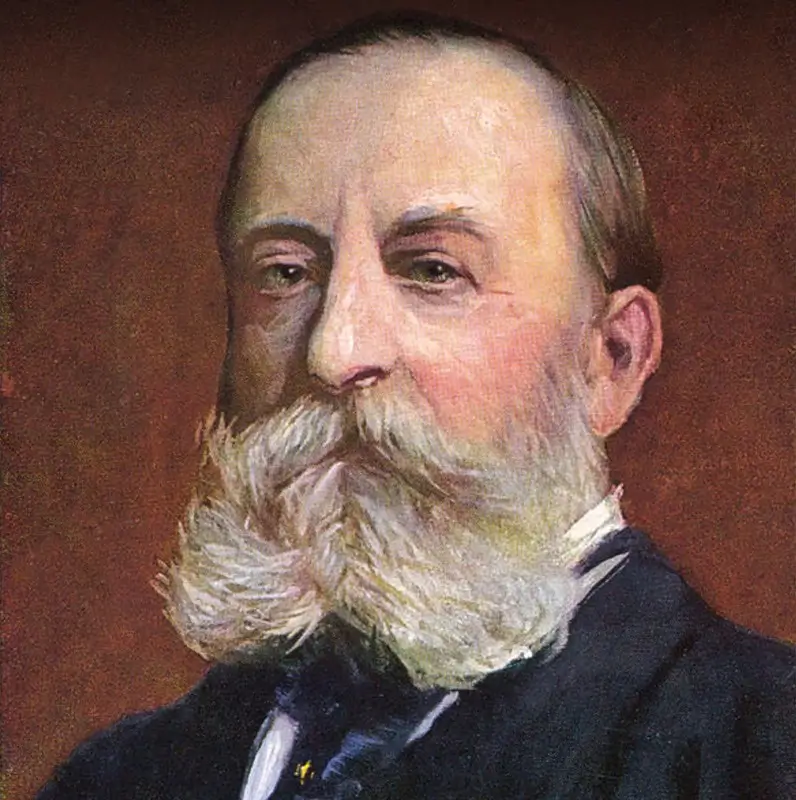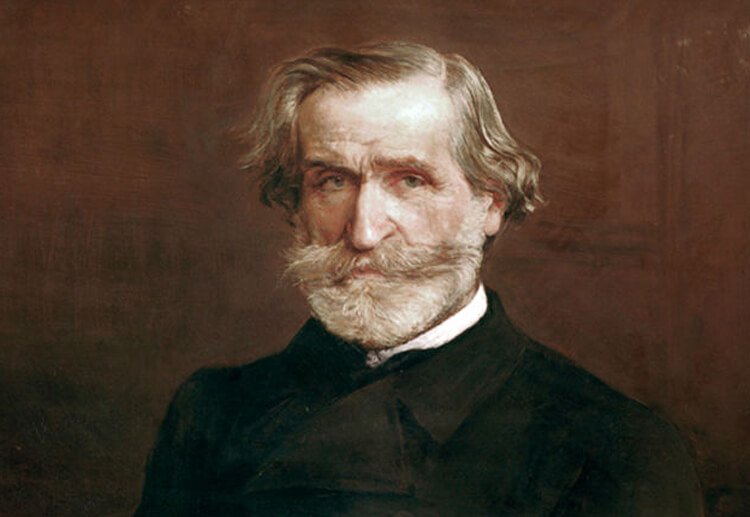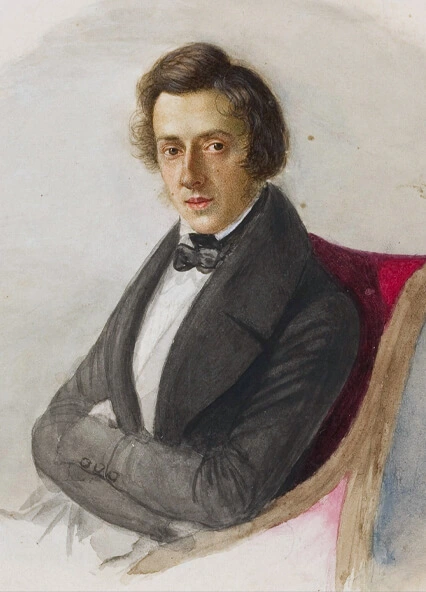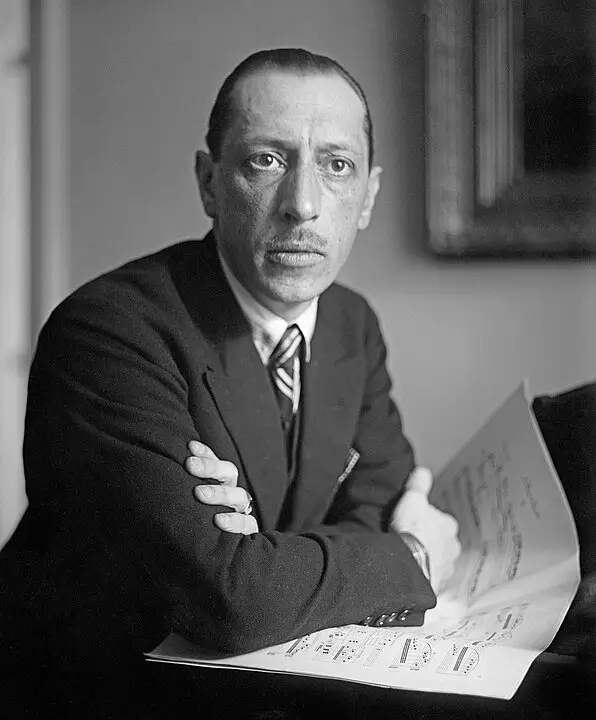Introduction
Camille Saint-Saëns was a figure of monumental importance in the French musical scene of the late 19th and early 20th centuries, whose influence reverberates to this day. A composer, organist, conductor, and pianist, Saint-Saëns was a prodigious child, often compared to Mozart. His extensive body of work spans concertos, operas, symphonies, and chamber music, showcasing his versatility and profound understanding of both traditional and innovative compositions. This article explores his life, from his early beginnings through his major works, his relationships with other composers, his personal philosophy, and his enduring legacy.
Early Life
Born on October 9, 1835, in Paris, Charles-Camille Saint-Saëns was a child prodigy. His father, a government clerk, died just a few months after his birth, leaving his mother and her aunt to raise him. Saint-Saëns displayed exceptional musical talents from an early age; he began piano lessons with his great-aunt at the age of two and a half and composed his first piece at three. His concert debut, at the tender age of ten, reportedly included playing Beethoven’s Piano Concertos by memory, astonishing his audience and heralding the arrival of a significant musical talent.
Musical Training and Development
Saint-Saëns’s formal musical education began at the Paris Conservatoire, where he studied organ and composition. His prowess on the organ earned him praise from none other than Franz Liszt, who declared him the greatest organist in the world. This period was crucial in developing his style, which seamlessly blended old classical forms with new, innovative ideas. His exposure to a wide range of musical styles, from Baroque to contemporary, informed his eclectic approach to composition.
Major Works and Compositions
Saint-Saëns’s oeuvre is both vast and varied, including opera, symphonies, concertos, and chamber music. Among his most famous works are the opera “Samson et Dalila,” Symphony No. 3 “Organ Symphony,” and “Carnival of the Animals,” a delightful piece beloved by audiences for its playful portrayal of various animals in music. His Introduction and Rondo Capriccioso and his Cello Concerto No. 1 in A minor remain staples in the repertoire of violinists and cellists respectively.
Connections to Other Composers
Saint-Saëns was contemporaries with many of the great composers of his time, and his relationships with them were varied. He was a close friend of Franz Liszt, whose influence is evident in Saint-Saëns’s appreciation for grandiose, technically challenging compositions. He also had a complex relationship with the younger French composers like Claude Debussy and Maurice Ravel, whose impressionistic styles contrasted sharply with his more structured, thematic approach. Despite occasional criticisms, he respected their innovative work.
Character and Philosophy
Saint-Saëns was known for his sharp intellect and broad range of interests, including astronomy, archaeology, and philosophy. He was an advocate of musical education, believing it essential for understanding human culture and history. His approach to music was characterized by a balance between heart and mind, emotion and structure. He often emphasized the importance of clarity, form, and thematic development in music, aligning himself with classical traditions while also embracing new ideas.
Life in Paris
Saint-Saëns spent much of his life in Paris, a vibrant cultural hub during the 19th century. The city’s rich artistic environment profoundly influenced his development as a musician. Paris during this era was a melting pot of artistic innovation, home to numerous theaters, opera houses, and concert halls which played a significant role in his career. His involvement in various musical societies, including the Société Nationale de Musique, which he co-founded, helped promote French music.
Death and Legacy
Camille Saint-Saëns died on December 16, 1921, in Algiers, Algeria. Over his long career, he had witnessed and contributed to several pivotal changes in the world of music. Today, he is remembered not only for his compositions but also for his role in shaping the French musical tradition. His works continue to be performed worldwide, and his influence is evident in the teachings of music theory and composition.
Saint-Saëns’s legacy is that of a polymath who brought extraordinary skill and intellectual acumen to every endeavor. His music remains a testament to his belief in the power of art to transcend time and place, speaking to the universality of human experience. Through his compositions and his influence on other musicians, Saint-Saëns carved a niche that remains uniquely his own in the annals of music history.









